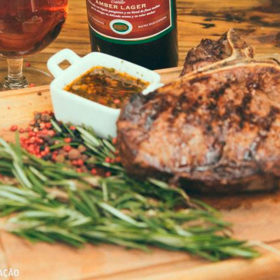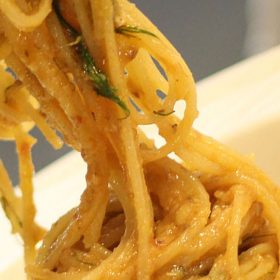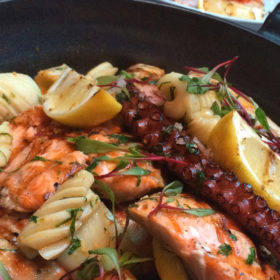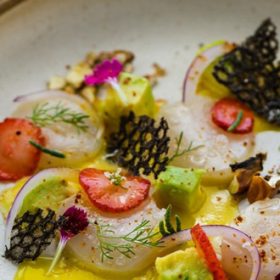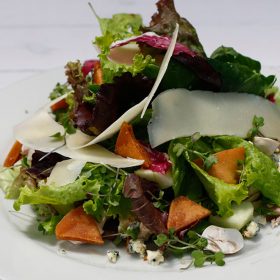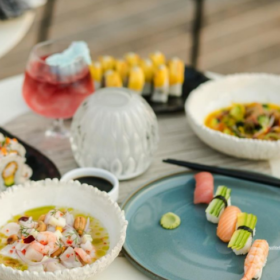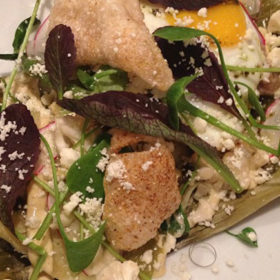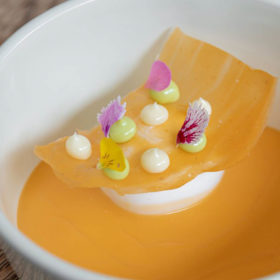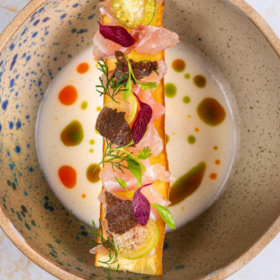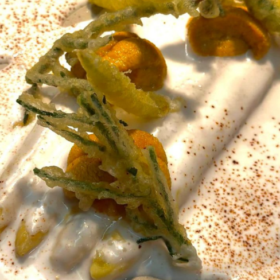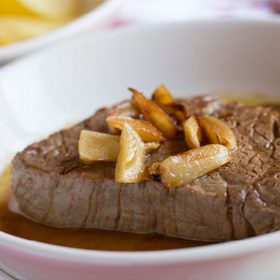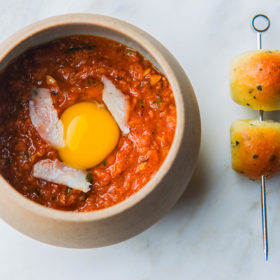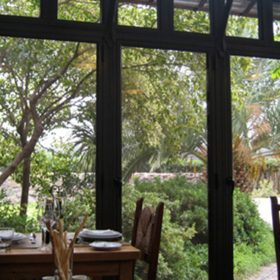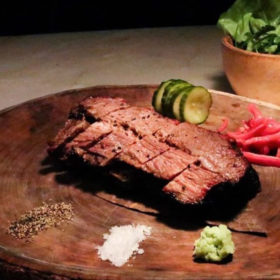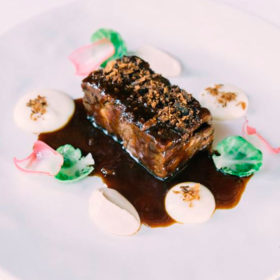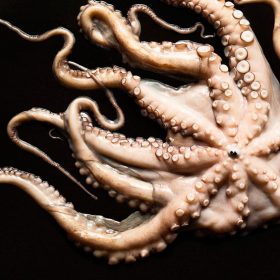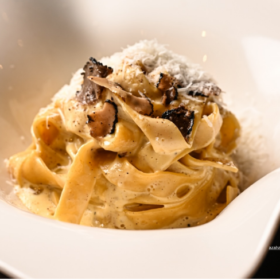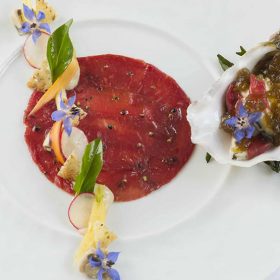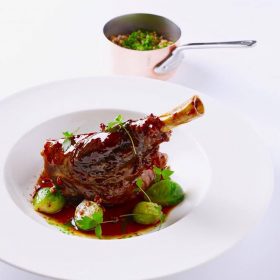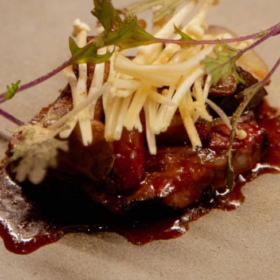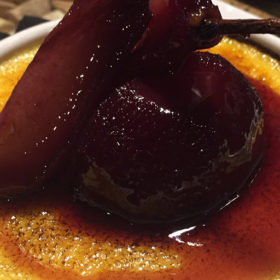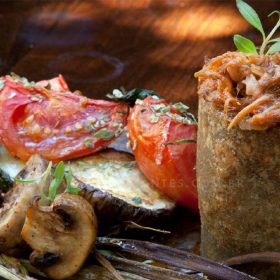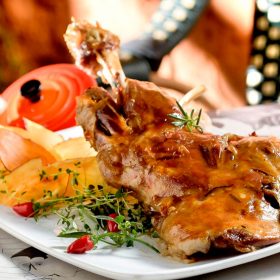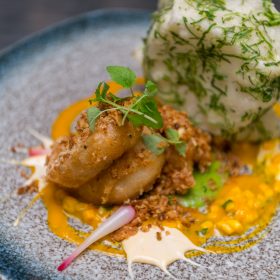The Michelin Guide is no longer only tastemaker in town

How is it adapting to changing eating habits?
Jan 30th 2025|NEW YORK
Listen to this story.
It began, implausibly, with a guide to French roads. In 1900 two brothers, André and Édouard Michelin, wanted to promote travel by car as a route to rev up sales of their tyres. Their first book gathered practical information such as maps and the locations of mechanics; later, recognising that travellers want fuel for themselves as well as their vehicles, it expanded its restaurant recommendations. The company first introduced its star-ranking system in 1926.
In the century since, over 30m copies of the Michelin Guide have been sold—making it about as widely read as “Gone with the Wind”, “The Great Gatsby” or “Pride and Prejudice”. Michelin’s taxonomy has become the restaurant industry’s standard. Only the most exalted eateries earn a star: of the roughly 11.8m places that serve food in the world, only 3,647 (or 0.03%) currently hold at least one.https://infographics.economist.com/2025/20250201_CUC920_web/
Of those, 82% have one star—denoting an establishment “where dishes with distinct flavours are prepared to a consistently high standard”; 13.6% have two stars, in acknowledgment of their “refined and inspired” offerings that show “the personality and talent of the chef”. Only 149 restaurants have three stars, the highest honour (see chart). According to Michelin, they are institutions where “cooking is elevated to an art form” and chefs are “at the peak of their profession”.
Gordon Ramsay, a British chef with eight stars currently to his name, has said that Michelin prizegivings are to chefs what Academy Awards are to film-makers. And just as an Oscar encourages people to go to see a film, recognition from Michelin can boost reservations. Joël Robuchon, who held 31 stars at the time of his death in 2018, observed that “With one Michelin star, you get about 20% more business. Two stars, you do about 40% more business, and with three stars, you’ll do about 100% more business.”
n recent years, however, the star system has lost some of its lustre. Michelin’s status as the ultimate arbiter of taste seems to be under threat. One problem is its longtime emphasis on fine dining. Many associate Michelin with hefty prices, minuscule portions and pretension. In a discussion about rated restaurants on Reddit, a social-media site, users complained of “gimmick-driven shit”. “You won’t appreciate it unless you have so much money to waste that your time is completely worthless,” one person wrote, “because you have nothing better to do than spend three hours eating two morsels of food.”
Michelin has said that neither presentation nor silver service is an eligibility requirement: “Any restaurant of any style” can earn a star. Gwendal Poullennec, international director of Michelin Guides, insists the company looks for quality, not luxury. A taco stand in Mexico City won a star in May, for instance.
Even so, diners are not the only ones turned off. A handful of establishments are refusing the prize. (Marco Pierre White, a British chef, started the trend in 1999; he said he felt that the judging process was meaningless.) Giglio in Tuscany won a star in 2019 but voluntarily gave it up in 2024. Benedetto Rullo, a co-owner, said the star brought “incredible” stress and implied a snooty vibe: “We’re not the kind of place you come to worship star chefs.” Top accolades increase the pressure on chefs and drive up costs (suppliers and staffers use it as an excuse to demand bigger fees).
Of cravings and critics
Yet the internet poses the greatest challenge to Michelin, as it has democratised food criticism. Diners can share reviews on websites such as TripAdvisor and Yelp; bloggers collate lists of the best local spots; influencers dish up assessments on social media. Videos about food on TikTok have more than a trillion views combined.
Posts by Toby Inskip (@eatingwithtod), an influencer, have amassed more than 25m likes on the app. They show him avidly tucking into chicken wings as well as £400 ($500) tasting menus. At a time when almost 80% of Americans and Britons say going out to eat is too expensive, such sites and accounts can point to trendy new spots and affordable treats for foodies. Mr Inskip often focuses on cheap dishes—some as low as £1—in London. Queues soon gather at the joints he highlights.
Despite all this, Michelin is determined not to join meat in aspic and seafood mousse in culinary oblivion. People across the globe are becoming more adventurous and curious about the world of food; Michelin, too, is opting for a more varied diet. In 2004 only Europe shimmered with stars. France still has the highest number of starred restaurants. However, today Michelin sends reviewers (of 30 different nationalities) to four continents. The company produces guides to 43 countries; the number of guides has increased by almost 50% since 2020.
Inaugural guides to Lithuania and Mexico were launched in 2024. Restaurants in Slovenia and Thailand recently earned three stars for the first time. Mr Poullennec has said that 20 new locations are being scouted, including India. Michelin already covers several Chinese cities and is expanding to provinces.
In America only New York was deemed worthy of review 20 years ago. Now foodies can get recommendations for Atlanta, Chicago and Orlando, among other places. Michelin recently expanded into Texas, which has a growing, hungry population. Restaurants in the Lone Star State savoured more than $100bn in sales in 2023—some $20bn more than those in New York.
The expansion is guided by market growth and other financial incentives; places eager to lure gastro-tourists are willing to pay for the prestige of a Michelin Guide. Travel Texas, part of the governor’s office, had a hand in bringing Michelin to the state. In 2017 Thailand’s tourism board reportedly paid Michelin $4.4m in exchange for a series of guides, starting with Bangkok. (Michelin has insisted that commissioned guides are still subject to the same rigour and that countries and states cannot buy stars.)

Michelin’s judges have been paying attention to hawker stalls as well as haute cuisine. Since 1997 the Bib Gourmand award has spotlighted restaurants that offer “a complete quality menu” for “a reasonable price”. The company seems cognisant of the importance of the category: there are almost as many Bib Gourmands as there are starred restaurants.
Keep reading: The Economist

